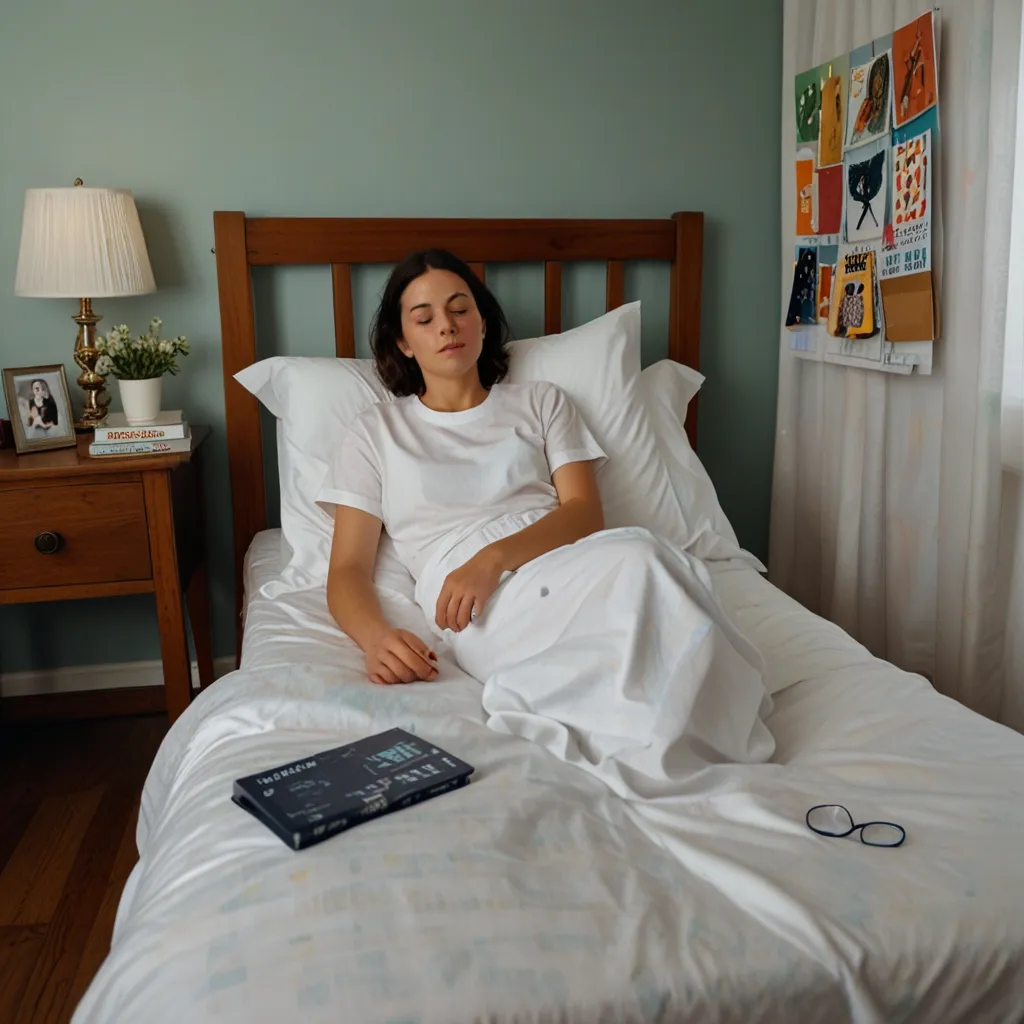Reiki: What to Expect from This Cool Way to Heal
Reiki therapy has really become a thing these days. If you’ve heard people talk about it and wondered what it is, you’re in the right place. This form of energy healing aims to balance your body’s energy and improve your well-being.
Imagine a universal life force energy flowing through everything, like chi in tai chi. That’s the big idea behind Reiki. Practitioners use their hands to transfer this energy, helping to balance and heal the body. Think of them as human batteries recharging your life force.
So, how do they do it? There are several techniques that Reiki practitioners use to channel this universal energy. These include centering, clearing, and beaming, among others. The goal is to connect with the client’s energy and encourage healing. Each technique serves a purpose, like smoothing out your aura or getting rid of bad vibes.
If you’re curious about what a typical Reiki session looks like, here’s the lowdown. You’ll start by either lying down on a massage table or sitting in a comfy chair. The practitioner will place their hands on or just above specific parts of your body. They choose these areas based on what you need and how the energy is flowing. Usually, they’ll begin at your feet and work up to your head, shifting hand positions to direct the energy where it’s needed most.
The practitioner is key to making things work. They’re trained to feel the flow of energy and balance it using their hands. They see themselves as conduits, not sources, of this energy. Before a session, they often meditate to get into the right state of mind for the therapy.
Want to become a Reiki practitioner? You’ll need to go through something called “attunement.” A Reiki master will transfer energy to you, enabling you to access the universal life force. Training involves learning about the body’s energies, working with healing energy, and understanding the ethics of client interactions. There are three mastery levels, with the top level allowing you to teach and perform distant healing.
What makes Reiki so appealing? It’s incredibly relaxing. Many people turn to it to help manage stress, anxiety, and chronic pain. Some even include it in their wellness plans for serious conditions like cancer or heart disease. While scientific evidence is limited, lots of folks report feeling a lot better after Reiki sessions.
Speaking of science, there isn’t a ton of concrete proof that Reiki offers specific health benefits. However, some studies show that Reiki might be better than a placebo in reducing pain, anxiety, and depression. Despite the lack of rock-solid evidence, many healthcare pros see the value of Reiki as a complementary therapy.
Reiki is generally safe and non-invasive, but don’t ditch your doctor just yet. If you have serious health concerns, talk to your healthcare provider before adding Reiki to your routine. It’s also a good idea to find a qualified and experienced practitioner, whether you’re getting Reiki in a hospital, a wellness center, or elsewhere.
When it comes to cost, a private Reiki session can range from $25 to $100. Most insurance plans don’t cover it, so you’ll likely be paying out of pocket. Still, many find it worth the investment. Some places, like hospices, may even offer Reiki for free as part of palliative care.
The experience of Reiki isn’t just about the energy work; it’s also about the environment. The sessions often take place in serene settings like spa rooms or wellness centers, which can help you relax even more. The gentle nature of Reiki makes it great for people who find other treatments too invasive or stressful.
Reiki therapy has struck a chord with many people because it’s so calming and balancing. While it shouldn’t replace medical treatment, it can be a great complementary therapy. By understanding what Reiki involves and its potential benefits, you can decide if it fits into your wellness plan.






